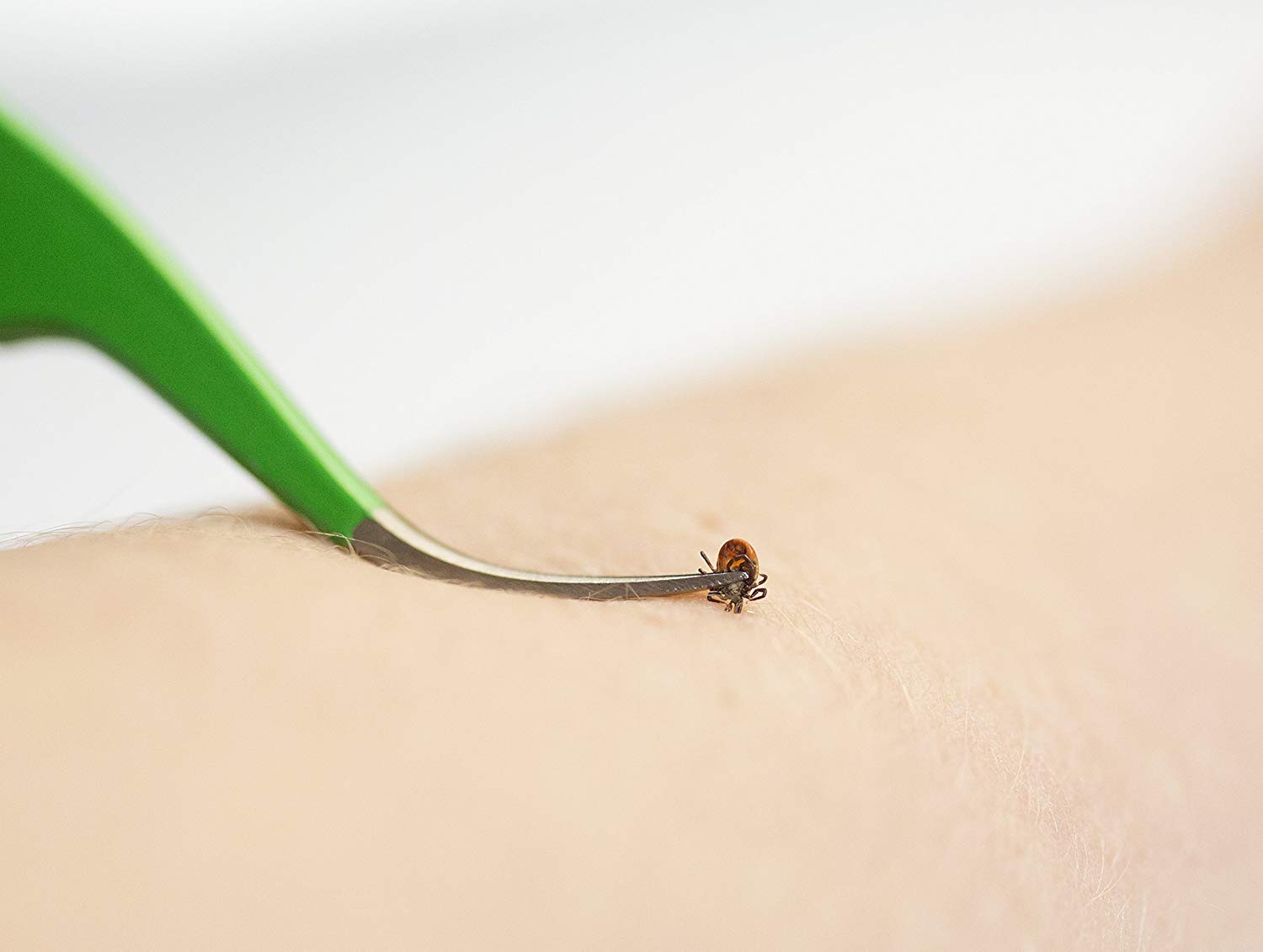

In fact, establishing and maintaining laboratory tick colonies and performing experimental infections of ticks remain a challenge 6. The oversite and existing gaps in our knowledge of ticks and TBV are partly due to the difficulty of setting effective experimental models to assess vector-competence or study virus-tick interactions in general. Viruses transmitted via tick bites can cause various symptoms in humans and animals, ranging from mild febrile illness to neurological disorders or even haemorrhagic fevers 4, 5. Among tick-borne pathogens, 170 tick-borne viruses (TBVs) were identified and belong to nine virus families and twelve virus genera. In human and veterinary medicine, most tick-borne pathogens are transmitted by various hard ticks belonging to genera Ixodes, Haemaphysalis, Dermacentor, Hyalomma and Rhipicephalus and by certain soft ticks belonging to genera Argas and Ornithodoros. Ticks can transmit a wide variety of bacteria, parasites and viruses 1, 2, 3. Because they are obligate hematophagous ectoparasites and feed on diverse vertebrate hosts, they are considered as one of the most important vectors of zoonotic pathogens. Ticks represent significant risks for human and animal health. When optimally used under laboratory settings, they provide important insights into tick-borne virus transmission cycles. Artificial infection methods of ticks are important tools to study tick-virus interactions. Yet we did not observe transmission of KEMV to mice (IFNAR −/− or BALB/c). However, only artificial feeding system allowed to demonstrate both acquisition by ticks and trans-stadial transmission for KEMV. Both methods permitted TBEV acquisition by ticks and we further confirmed virus trans-stadial transmission and onward transmission to a vertebrate host. In this study we assessed an artificial feeding system (AFS) and an immersion technique (IT) to infect Ixodes ricinus ticks with tick-borne encephalitis (TBE) and Kemerovo (KEM) virus, both known to be transmitted predominantly by ixodid ticks.


To overcome this gap of knowledge, it is essential to reproduce transmission cycles under controlled laboratory conditions. However, there is a paucity of information regarding TBVs and their interaction with respective vectors, limiting the development of new effective and urgently needed control methods. Up to 170 tick-borne viruses (TBVs) have been identified to date.


 0 kommentar(er)
0 kommentar(er)
